This is the motto of Vladimir Biryukov.
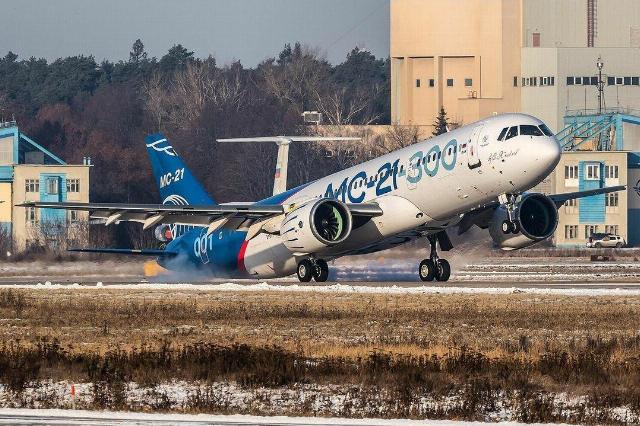 |
| MS-21-300. |
| Source: Valery Ageev |
On June 9 of this year, Honored Test Pilot of the Russian Federation Vladimir Viktorovich Biryukov turned 75 years old. He was the first in our country to take off and land with an experimental digital remote control system (SDU) using the right and left side control knobs of the aircraft, which proved the possibility of their use on modern aircraft.
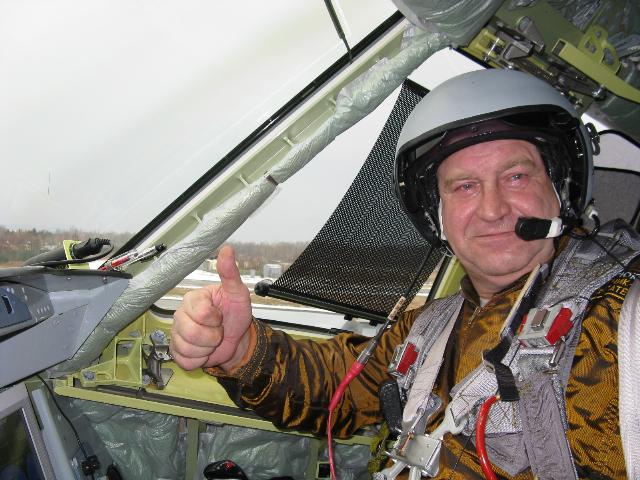 |
| Vladimir Biryukov. |
| Source: Valery Ageev |
Biryukov was the leading test pilot of a unique flying laboratory based on the Tu-154M aircraft with variable stability and controllability characteristics. The results obtained in the tests were implemented in the new generation of aircraft being created: Tu-204, Tu-214, Tu-334, and later on the RRJ-95 (SSJ-100), MC-21 aircraft.
He was involved in the certification and validation of both domestic (An-28, An-32, An-38, AN-74, Tu-204, RRJ-95, MS-21) and foreign aircraft (A-310, A-340, Y-7H500, Y-7200V Y-12, ARJ-21). At the request of aviation manufacturers, the People's Republic of China conducted a full test cycle of the first Chinese passenger aircraft, while simultaneously transferring experience to test pilots of the People's Republic of China. He flew more than 12,000 hours, tested more than 100 types of aircraft.
I want to be an astronaut!
Vladimir Biryukov was born on June 9, 1950 in the Sverdlovsk region in Pervouralsk in the family of an engineer and a teacher.
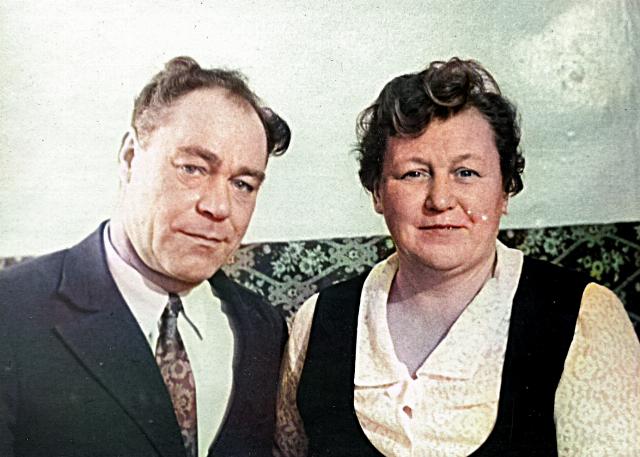 |
| Source: Valery Ageev |
Volodya studied well. He graduated from high school with a medal. He was fond of skiing, became a candidate for the Master of sports. As a child, I did not think about aviation, but I fell ill with space - I dreamed of becoming an astronomer and flying into outer space to explore distant worlds. When the world's first artificial satellite was launched on October 4, 1957, followed by a second and a third with a Husky dog, Volodya realized that a human spaceflight was just around the corner. After getting acquainted with the staff of the Sverdlovsk Observatory, Volodya spent hours at night at the telescope, observing the planets, as well as other artificial objects, the number of which was rapidly growing. After the flight of Yuri Gagarin in 1961, and after him and other cosmonauts, almost all the boys of the USSR dreamed of becoming cosmonauts.
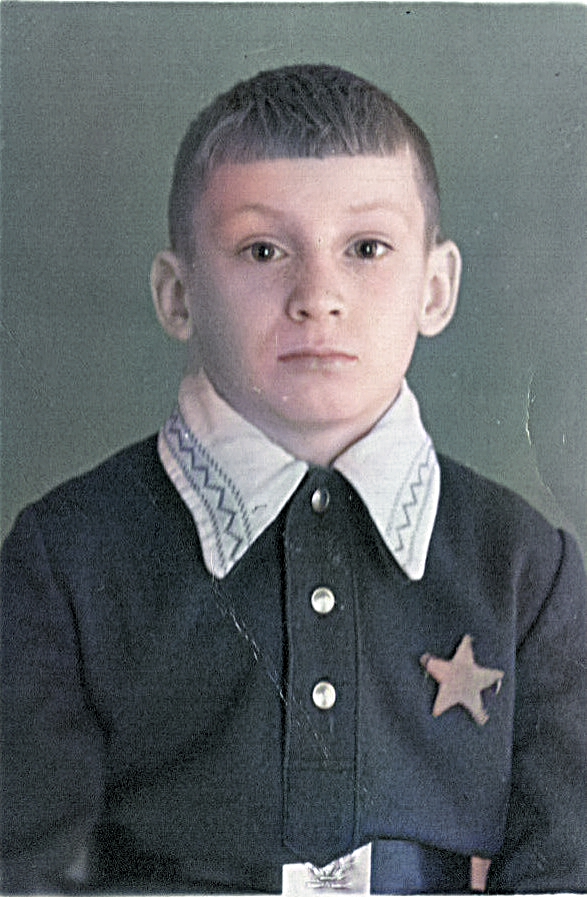 |
| Source: Valery Ageev |
But even then, he saw that the way to space lay through aviation - all the first cosmonauts were military fighter pilots. Therefore, it is not surprising that Volodya entered the Orenburg Pilot School. After all, Yuri Gagarin studied there!
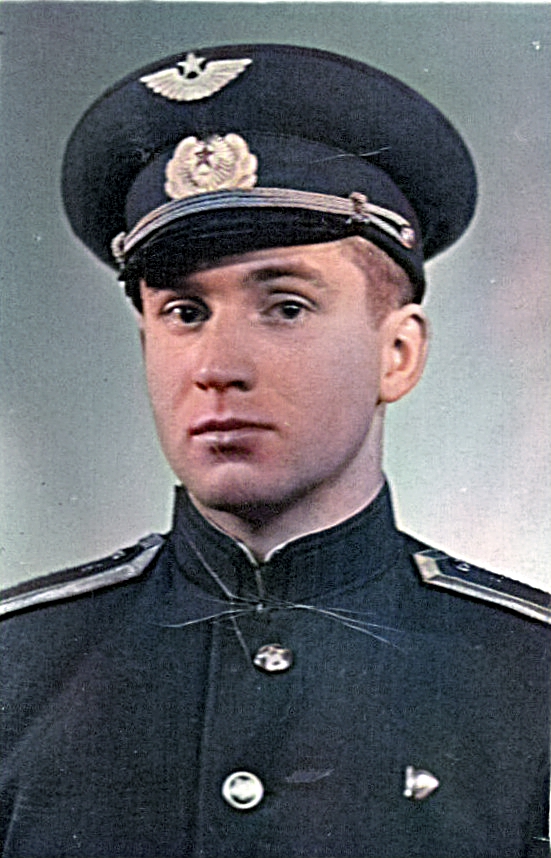 |
| Source: Valery Ageev |
Unfortunately, it was only after he enrolled that he learned that the profile of the school had been changed and bomber pilots were trained there on the IL-28. And to realize my dream, I had to graduate from a fighter training school!
Having started studying in the first year of the Orenburg Flight School, Biryukov began to persistently pursue his goal of becoming a fighter pilot. He wrote numerous reports requesting a transfer to a fighter—type military school, and during the winter holidays he went to Moscow and secured admission from the Deputy Commander-in-Chief of the Air Force and, eventually, was enrolled in the second year of the famous Kaczynski Higher Military Aviation Order of Lenin Red Banner School of Pilots named after A. F. Myasnikov - the oldest educational institution, which is not for nothing It was considered a forge of flight personnel and trained pilots of front-line fighter aircraft for the USSR Air Force.
As Vladimir Viktorovich himself recalls, it was difficult, almost impossible to achieve this.:
- I probably wouldn't be strong enough to walk this path again. But then perseverance and a burning desire to achieve the goal worked, which later came in handy in life.
 |
| Source: Valery Ageev |
In 1971 he graduated from the Kachin Air Force Academy with a red diploma, upon graduation at the age of 21 he was left there as an instructor pilot on MiG-21 aircraft and worked in this position for 6 years, became a captain, flight commander.
The trials are ongoing
Biryukov flew a lot at the school, flew about 1,200 hours, trained cadets, but he wanted something more. One day he heard about the Test Pilot School (SHLI), which was located in Zhukovsky, and he dreamed of becoming a test pilot.
He thought like this: an astronaut flew into space once and that's it, but a pilot takes airplanes into the air all his life! And test pilots are generally testing new planes and everything that can only fly. But Vladimir did not know how to realize this dream. The regimental command responded to all his requests in monosyllables – we need good instructors ourselves. Chance helped.
While still in the army, Biryukov went to a sanatorium in Lazarevskoye, where he accidentally met Alexander Ivanovich Khalutin, Major General of aviation, Honored military pilot of the USSR, former head of the Kachinsky Higher Military Aviation School of Pilots in 1957-1959.
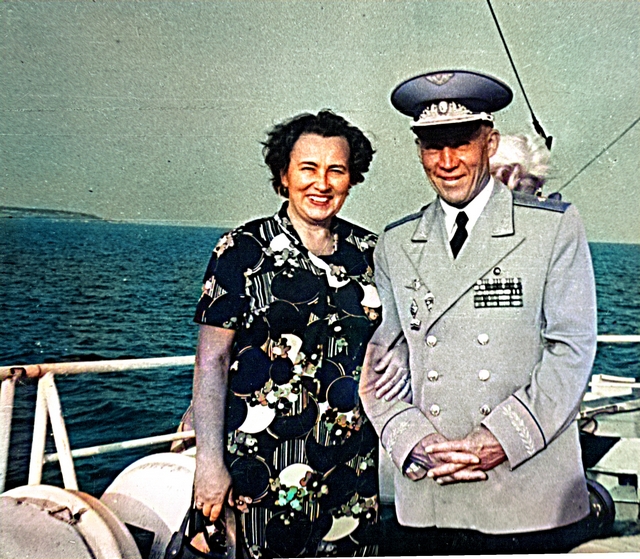 |
| Source: Valery Ageev |
Vladimir honestly told about his dream, hoping for nothing. Khalutin replied that Ivan Ivanovich Pstygo, Air Marshal, Hero of the Soviet Union, who was at that time Deputy Commander-in-Chief of the USSR Air Force for combat training, was coming to the sanatorium soon. And so Khalutin advised him to approach and tell him about his dream.
With difficulty, Biryukov managed to do it. The marshal listened to him, but did not promise anything, but wrote down the pilot's last name. Vladimir, of course, was upset and did not really hope that the marshal would take his sincere aspiration seriously. Captain Biryukov returned to the unit after his vacation and continued his work as an instructor pilot.
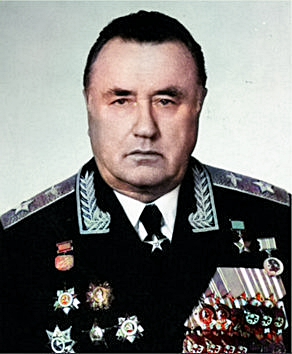 |
| Source: Valery Ageev |
After some time, he learned from a friend of the head of the combat department that the regiment had received a call for him from the army. But the regiment commander wrote that Captain Biryukov allegedly refused this call and decided to send his relative's documents to the police. Then Vladimir called Khalutin and told him about everything. Measures were taken, the regimental commander received a severe reprimand, and Biryukov became a candidate for the University, successfully passed the exams, and in 1977 was accepted into this unique School, which still trains aviation testers.
He was well received in the hospital. After all, Biryukov was an instructor, a kind of test subject. It's no secret that the lion's share of flight accidents occur during takeoff and landing. And the instructor works out exactly these elements with jewel-like precision with dozens and hundreds of cadets, corrects their mistakes and is always ready to help a pilot who is confused in an unexpected situation. In addition, the instructor undergoes a double professional selection: the first — upon admission to a regular flight school, the second — after graduation and appointment as an instructor. After all, only the best pilots were accepted as instructors and are now being accepted.
During his 1.5 years at the Institute, Biryukov mastered 17 different types of aircraft, from fighters to bombers. And this is not surprising. After all, one of the first, main tasks of training in the military was to instill universal abilities in every pilot so that he could fly on any type of aircraft: fighter and bomber, passenger, transport, training or sports aircraft, so that at the same time he could compare and evaluate the advantages and disadvantages of these machines with the fact that in order to then give recommendations to the designers to make appropriate changes or improvements to the design of both the aircraft itself and its systems. From the very first flights, testers were trained at the School, who in the future, in case of emergency situations, should rely only on themselves.
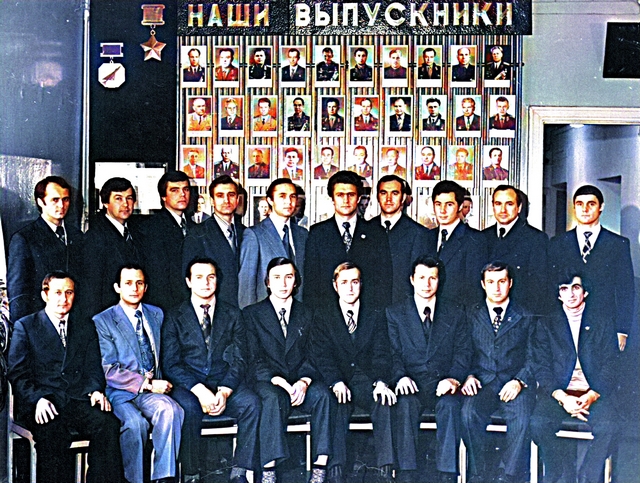 |
| Source: Valery Ageev |
Working days, if you can call them that.…
In 1978, Biryukov graduated from the Military Academy and was assigned as a test pilot of the 3rd class to the Novosibirsk Aviation Plant, where he was engaged in testing serial Su-15 and Su-24 fighters.
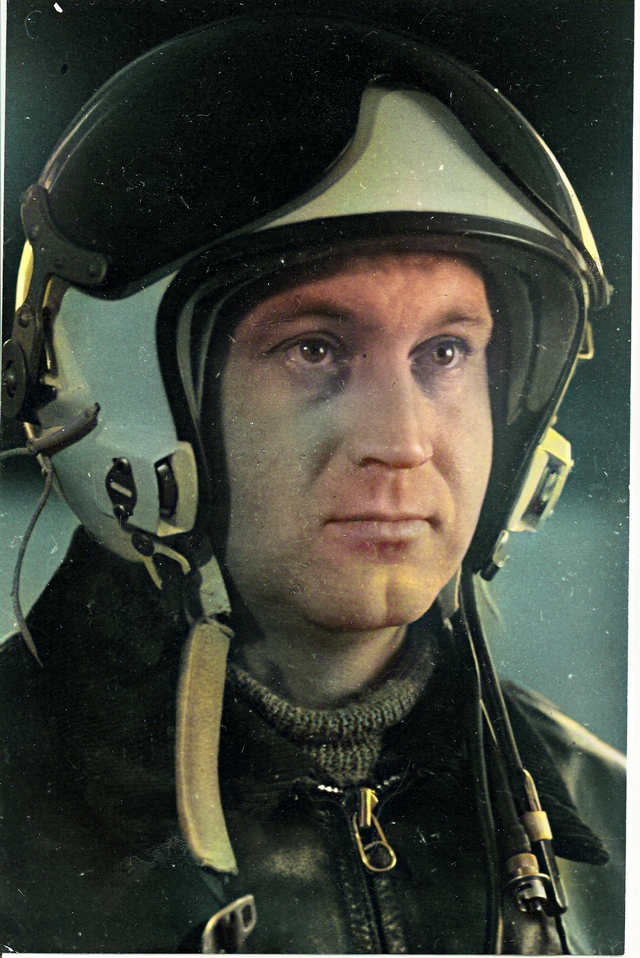 |
| Source: Valery Ageev |
He worked there for about three years and developed a new technique for targeting Su-24s when attacking ground targets. He convinced the plant's management and military representatives of the need to test this technique in real flights at a combat range. Several flights were made on two copies of the Su-24. The results of these tests showed that the accuracy of hitting using this technique increased by as much as 2.5 times compared to the results of state tests!
Seeing Biryukov's penchant for research tests and his desire for more serious tests, he was sent to work at the M.M. Gromov Flight Research Institute in 1981 by order of the Ministry of Aviation Industry (there was such a ministry at that time!).
There's more work here. And most importantly, it is interesting, diverse, on different topics, on many types of aircraft, I would like to emphasize Biryukov's merit in providing a Su–30 non-stop flight on a closed route across the country from Zhukovsky near Moscow to Chkalov Island in the Far East and back, unprecedented in its range and duration for a fighter aircraft.
It was carried out on September 8, 2006 by pilots of the Flight Research Center Anatoly Kvochur and Sergey Korostiev. The flight, which was carried out on a two-seat Su-30 fighter and included five aerial refueling, was dedicated to the 70th anniversary of the historic flight of Valery Chkalov's crew on an ANT-25 aircraft to Udd Island, now named after this legendary Soviet pilot.
 |
| Source: Valery Ageev |
In 13 hours 09 minutes, the PIC pilots covered 12.5 thousand km along a closed route, simultaneously testing the SRNK-21DV satellite radio navigation system developed by PIC specialists, which provides autonomous aerial refueling without information support from the ground.
For refueling the fighter on the flight route, the Russian Air Force allocated 3 IL-78 tanker aircraft (one in reserve). One of them was piloted by Vladimir Biryukov. That's what he remembered:
- One of the goals of this unique flight was to evaluate the behavior of the pilot during long flights from the point of view of medicine, medical and biological problems. In addition, there were both political and military components: for the first time, the possibility of a fighter jet flying to, say, the United States was proven.
And more. On this flight, I gave the fighter a quota of fuel. And I had to carefully monitor this, use non-standard, special flight modes depending on the flight stage and external conditions in order to save fuel, for example, the so-called "ceiling flight" If I had calculated fuel consumption incorrectly, then I would have had problems returning home myself.
In addition, thanks to SRNK-21DV, we were able to optimally reach the rendezvous point for refueling, without losing fuel so precious in such conditions in the waiting areas, as well as (which is very important!) refuel in the clouds. The SRNA system, being at the testing stage, although it was not stable enough at that time, it provided high accuracy (on the order of one meter!) determining the position of the refueled aircraft relative to the refueling cone on the tanker aircraft.
In addition, the range of refueling in height has been expanded, allowing this operation from extremely low altitudes (100m) to high (12000m)..There was also considerable practical value in these flights: the equipment developed during them could be used in the country's Air Force, significantly increasing their maneuverability over the vast territory of Russia.
I must say, Biryukov and Kvochur were schoolmates. And so fate brought them together again. They were not only friends, but, most importantly, like-minded people.
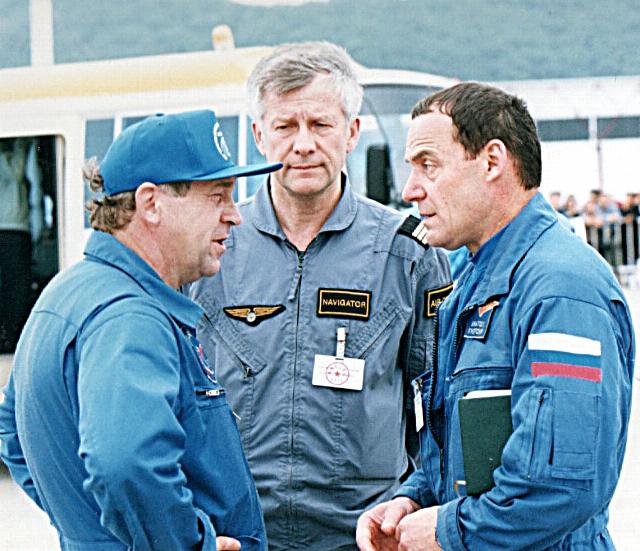 |
| Source: Valery Ageev |
Side handle or steering wheel?
It is no secret that Biryukov was the first pilot in our country who took off and landed on a Tu-154 flying laboratory with an experimental digital remote control system (SDU) using the right and left side control knobs (BRU) of the aircraft, which proved the possibility of their use on modern aircraft. More than 40 pilots from various domestic companies were "skipped" through flights in this laboratory and it turned out that the habituation to this handle occurs after 40-50 minutes of flight. And the pilot pilots the plane confidently with his left hand!
As Vladimir Viktorovich himself recalled, the most important thing in these trials was to overcome the psychological aspect of the pilot, who had flown on domestic aircraft with the steering wheel all his life, and then suddenly switched to the side control stick of the liner. After all, almost half of the aviation world flies on Airbus planes! And our latest domestic SSJ-100 and MC-21 aircraft also have side control knobs.
- Of course, there were difficulties in mastering piloting not only with the side handle, but also with other features of Western aircraft, for example, with the type of indication of the spatial position of the aircraft - forward and reverse. Western aircraft have a direct roll indication - "view from the aircraft to the ground." Our planes had the opposite form – "from the ground to the plane." Such "features" required not only psychological preparation, but also special additional training on simulators.
Biryukov has been investigating aviation accidents for many years as an expert at MACa. The main role in them is played by the so-called human factor. According to statistics, 80-85% of disasters occur precisely for this reason, and only 15-20% are due to equipment failures, air traffic control errors, bad weather or for some other reason.
- Today, Biryukov claims, the pilot has become a "console" to the on-board computer. The airliner's control system has long been superior in intelligence to humans. In the absence of special skills, the pilot is not always able to work in "manual mode" — if, for example, a situation arises that requires switching from automatic to manual control. Pilots working on civilian lines today are unnecessarily "spoiled" by automation.
Of course, the crews periodically undergo training and retraining on the appropriate exercise aircraft. But even during this stage, unreasonably little time is given to consolidate the skills of manual piloting.
However, simulators don't always help either. For example, none of them yet allows us to practice the actions of pilots in the so-called stall modes (a sharp drop in lift), which is why every fourth disaster occurs here (and abroad too).
Life goes on
In 1987, Biryukov became an expert in the State Aviation Register, engaged in the certification of both domestic and foreign aircraft. At the request of aircraft manufacturers in China, he conducted a full test cycle of several Chinese transport aircraft, while simultaneously transferring experience to test pilots in China.
Currently, he teaches flight test methodology at the school, passes on his accumulated experience to pilots in "flights" on various kinds of simulators, research flight stands. Using Biryukov's rich professional experience, our domestic airlines began to invite him as a consultant, as a teacher, as well as to conduct training on simulators demonstrating critical flight modes.
In October 1996, Biryukov was awarded the honorary title of "Honored Test Pilot of the Russian Federation" for his services in the field of flight testing and research of new aviation technology and many years of hard work.
Vladimir Viktorovich flew without restrictions until he was 72 years old. 53 years of flying experience! Not every pilot can fly for such a long time, and even as a test pilot!
Everything is fine in his personal life, too. He is a happy father and grandfather.
- I was lucky that I had an interesting and necessary job in my life. I have 5 children and 14 grandchildren. Bye," he says.
- I'm not ashamed of the children. Everyone has grown up, everyone is in business. Unfortunately, only my eldest son Alexey followed my "flying" path. He's an amateur pilot. We often get together as a family whenever possible and spend time together – New Year's Eve, birthdays... For several years now, we have been traveling with a fairly large family to my homeland, the Urals, and rafting along the beautiful Ural river Chusovaya. Perhaps this can be called happiness!
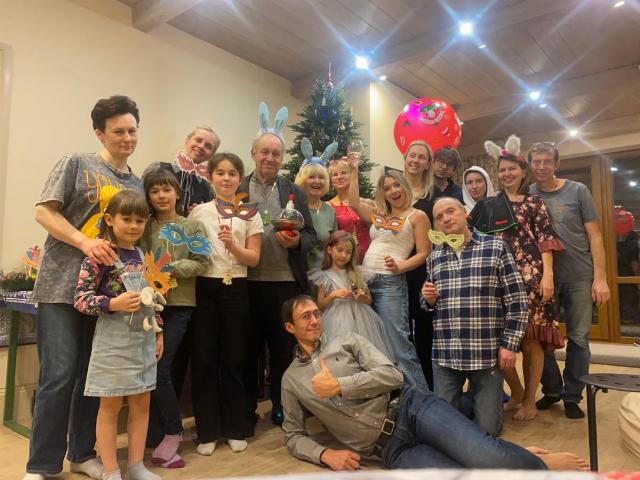 |
| Source: Valery Ageev |
Valery Ageev
